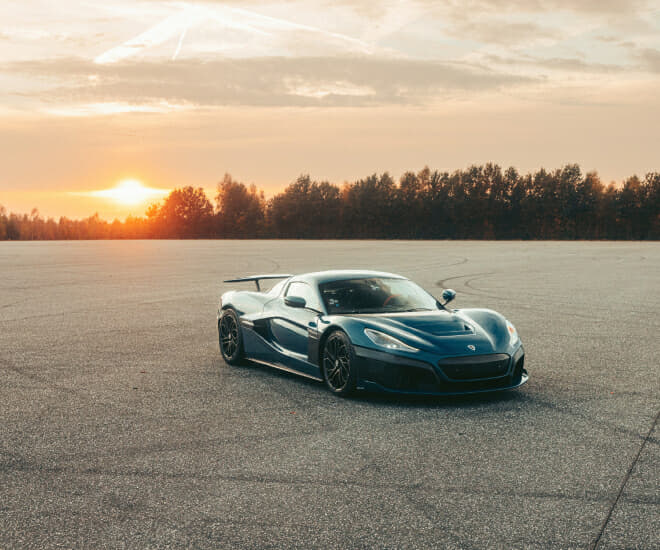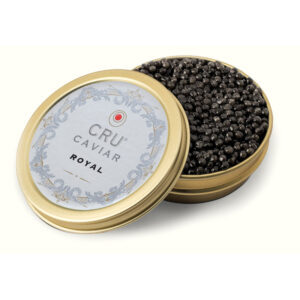Achieving a top speed of 412kph, Rimac Nevera not only pushes the boundary for the fastest car but also a new era of electrification.

As electric cars continue to become a popular mode of transport in the world, investments in research and development of the next generation of vehicles have allowed many car manufacturers to reach new heights. For Rimac, its years of effort have paid off because its Rimac Nevera is now the fastest electric production car in the world. The hypercar hit a top speed of 412kph, a feat unmatched by any other cars in recent years.
The record-breaking event took place at the Automotive Testing Papenburg track in Germany — the location features a pair of 4km long straights. Onboard the Rimac Nevera is a Racelogic V-Box, a high-precision GPS-based measurement device that verifies the Nevera’s top speed. Powering the electrical beast are four Rimac-designed electric motors capable of producing 1,914hp, which allows the car to propel from “0 to 60mph in just 1.85 seconds, and to 100mph in 4.3 seconds,” according to the press release.

- READ MORE: Top Luxury Electric Cars in 2022
To hit top speed, the Nevera is fitted with Michelin Cup 2Rs tires and supervised by a Michelin technician so that peak condition is achieved. This means that the vehicle creates “an aerodynamic profile that balances drag and downforce to ensure stability at high speed.” With that, it is able to convert 2,360Nm of torque into forward force needed to set new records.
For the Zagreb-based marque, hitting the 412kph target has always been the target. When the Nevera was first introduced at the Geneva Motor Show in 2018 (back then it was unveiled as C_Two), the team at Rimac was already working towards this goal.
Behind the wheels of the Nevera was Miro Zrnčević, Rimac’s Chief Test and Development Driver, who shared, “To travel at 412kph, or 258mph, means travelling at a third of the speed of sound. Simply achieving that alone in a road car is incredibly complex, but in Nevera we have created a car that can travel long distances on a single charge, can tackle tight and twisting race tracks and can drift as well as break straight-line speed records, both for acceleration and V-MAX.”

“I’ve driven Nevera since it first turned a wheel and to see the perfectly honed car that is today is a really emotional moment. The most important thing I have learned during the top-speed attempt is how composed and stable the car was – confirming that our aerodynamics and vehicle dynamics teams have done an amazing job,” he continued.
Setting this new record presents a new era in the realm of electric vehicles as often they have been compared to conventional fuel-based cars. While the new generation of cars is quicker, they aren’t necessarily faster than their counterparts. The record set by Nevera pushed further pushed the envelope of the potentiality of the electrification movement among vehicles. This could very well put be another reason for consumers to make the switch as they know speed is not compromised when they make the switch.
The market for electric vehicles is getting buzzier with more launches being rolled out and Rolls-Royce’s Spectre debut in October confirming the industry’s strong future. No doubt, there will be more releases in the months to come and we look forward to what other car manufacturers have to offer.
For more car reads, click here.

